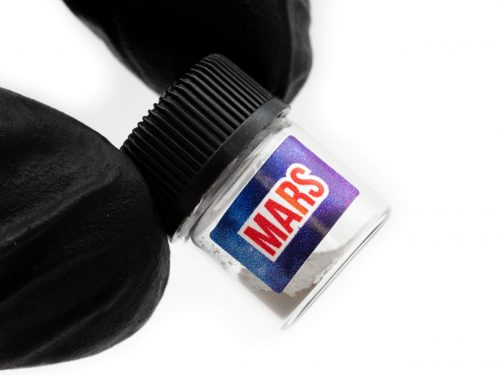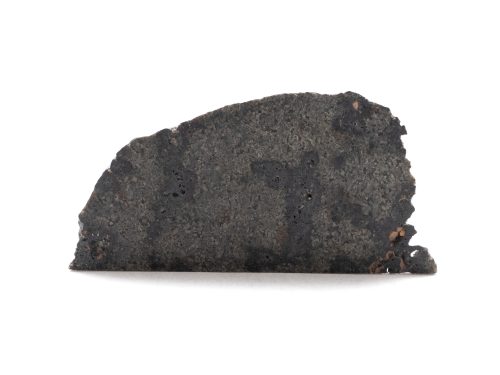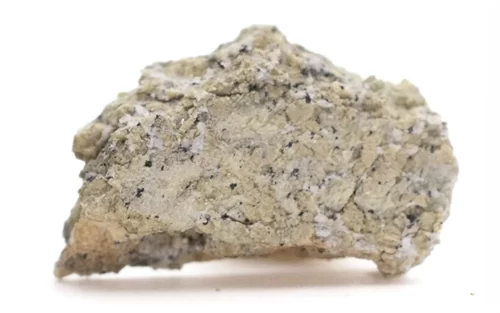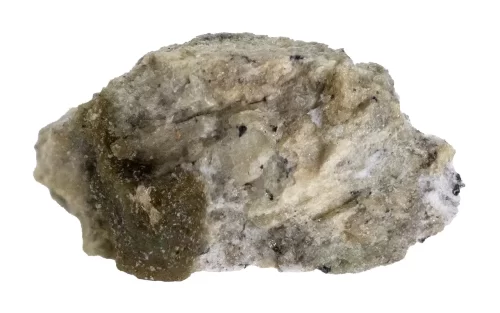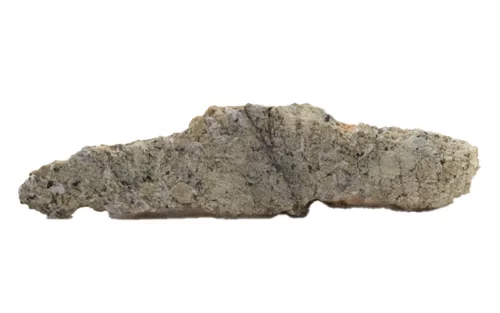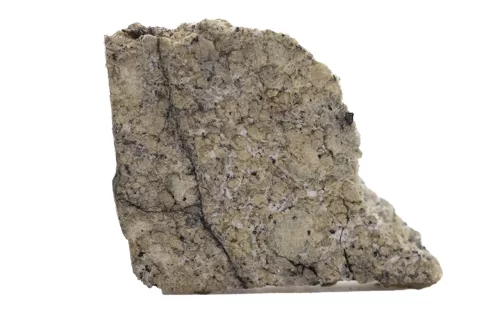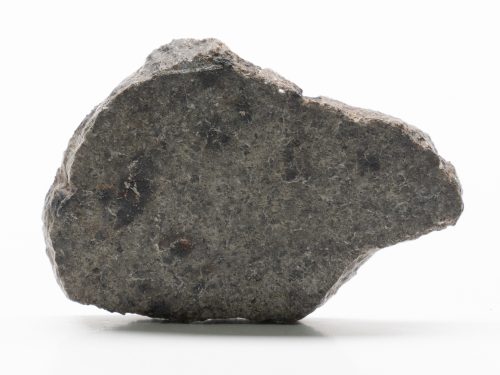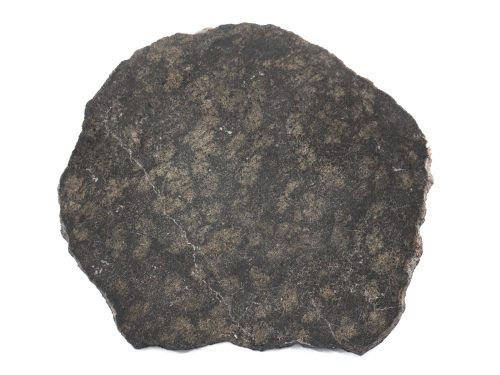Mars Meteorites For Sale

Martian meteorite that landed in Northwest Africa
We know that pieces of the Red Planet fell here because of the robot Viking spacecraft that landed on Mars in 1976. Six years after those landings, Drs. Johnson and Bogard were studying an unusual meteorite here on Earth, with a most unusual name — Elephant Moraine 79001, found in Antarctica in 1979. The two scientists made an astonishing discovery: tiny amounts of gas trapped within vugs in the 79001 meteorite were a close match to the thin atmosphere of Mars, as recorded by the Viking landers. The experiment was later repeated and confirmed by looking at several other Martian meteorites, clearly indicating their origin point. And what a fiery and furious life they’ve had! Blasted off the surface of their home planet by other meteorite impacts (the impactors likely being large asteroid fragments), they wandered in space until falling here.
The improbable origin story of Martian meteorites makes them plenty rare — what are the chances that something would be blasted off a smaller planet that is, on average, 140 million miles away and then land on ours? Couple that with the fact that Martian meteorites are fragile; they are essentially cooled lava from another planet and contain little or no metal, meaning that — unlike most meteorites — metal detectors and magnets cannot be used to recover them, making them notoriously difficult to identify and recover in the field. Aerolite has a variety of meteorites from Mars for sale.
Explore our wide collection of Mars Meteorites For Sale
Martians Have Landed! Northwest Africa 11288 Northwest Africa 12241 Northwest Africa 12269 Northwest Africa 13227 Wan Zawatin 002In 2018, Mohamed Brahim Sueilem purchased NWA 12241 from a dealer in Algeria. Many meteorites come from Northwest Africa because the arid climate is ideal for preserving meteorites. Expanses of desert, sparse grasslands, and cover also make it an ideal location for meteorite hunting.
The Martian material weighs a total of 1,150 grams and consists of fragments, of which a few proudly display black fusion crust. The delicate specimens are pale green and contain white plagioclase. Dr. Tony Irving and Dr. Scott Kuehner of the University of Washington Seattle studied the fragments, determining that they were from Mars. They also found that the fragments were gabbros, and that they contained olivine. Gabbro is formed when magma cools slowly—it is different from basalt, which can be formed by magma but can also be formed by lava.
Levels of shock are judged to be low, based on the absence of optical effects in plagioclase and the complete lack of any conversion to maskelynite; the presence of widespread microcracks in mafic silicates is the only clear evidence of shock, as noted by the official write up.
Martian meteorites are incredibly rare; they make up less than 0.5% of all known meteorites. Of those, most are shergottites, which are igneous rocks.
When a meteorite is classified as having Martian origin, it means that it has elemental and isotopic compositions similar to atmospheric gasses and rocks found on Mars. Martian meteorites were likely ejected from the Red Planet after an asteroid impact. The ejected rocks traveled through space, and their trajectory crossed Earth’s orbit; after surviving a fiery fall through our atmosphere, the rocks landed on Earth as meteorites.
-
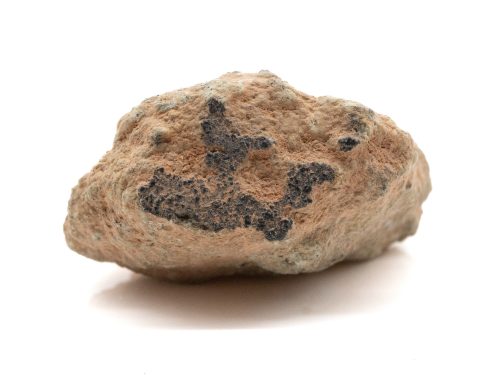
MARS | NWA 12241 10.1g
$1,970.00 Add to cart -
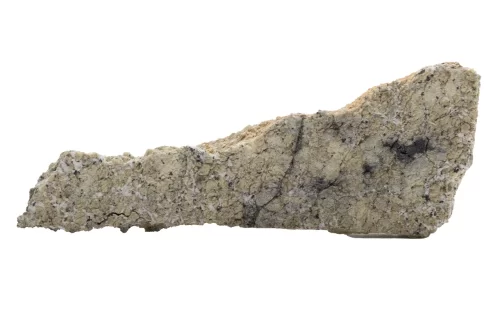
Northwest Africa 12241 1.41g
$353.00 Add to cart -

Northwest Africa 12241 10.0g
$1,950.00 Add to cart -
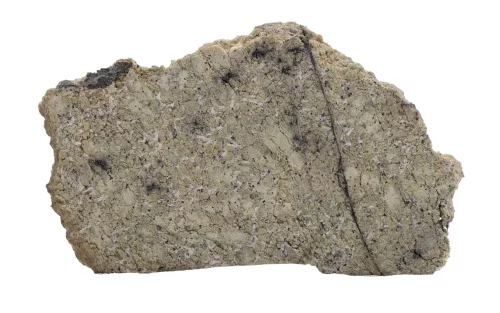
Northwest Africa 12241 3.0g
$850.00 Add to cart -
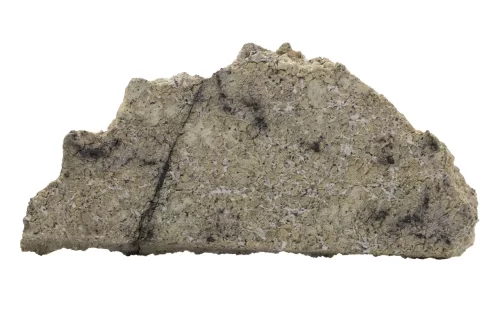
Northwest Africa 12241 3.27g
$818.00 Add to cart -
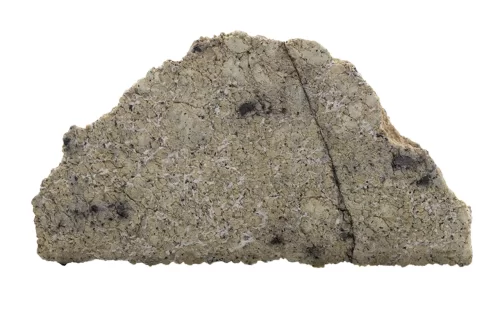
Northwest Africa 12241 3.2g
$795.00 Add to cart -

Northwest Africa 12241 4.5g
$1,125.00 Add to cart -
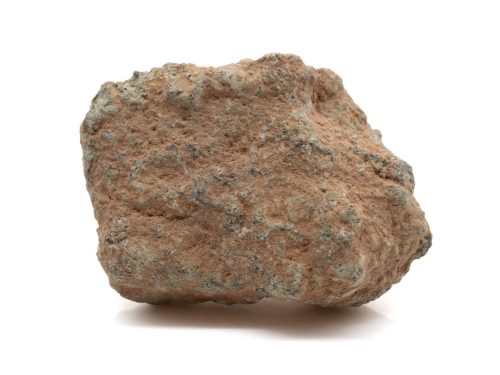
Northwest Africa 12241 6.6g
$1,155.00 Add to cart -
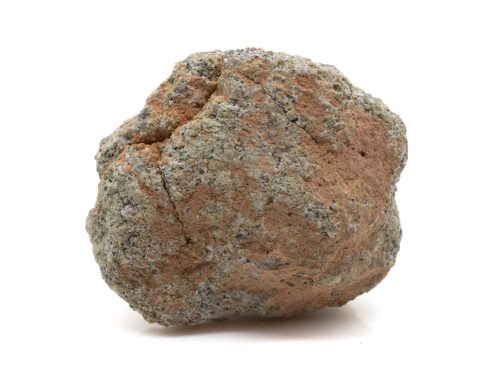
Northwest Africa 12241 8.5g
$1,485.00 Add to cart
